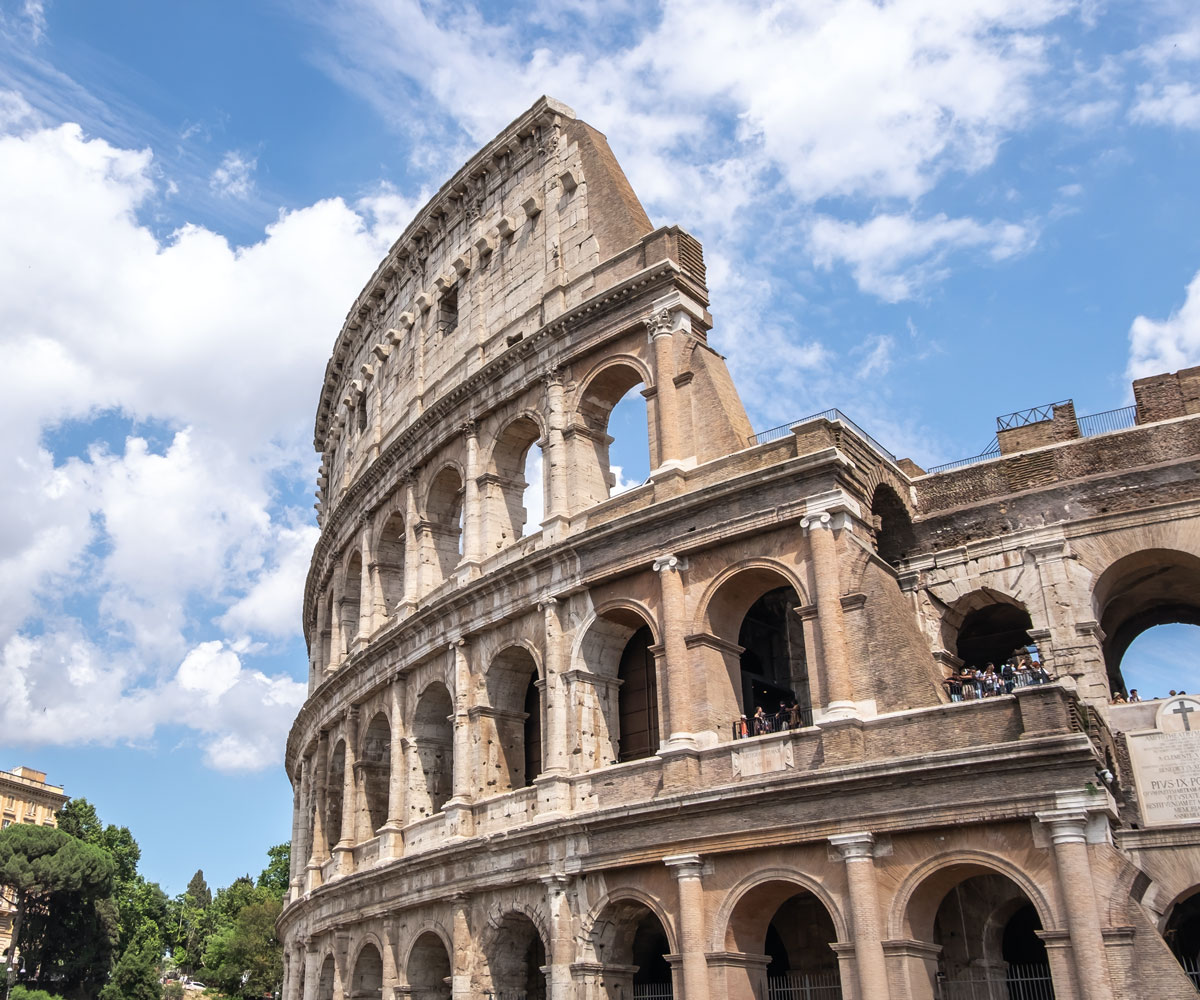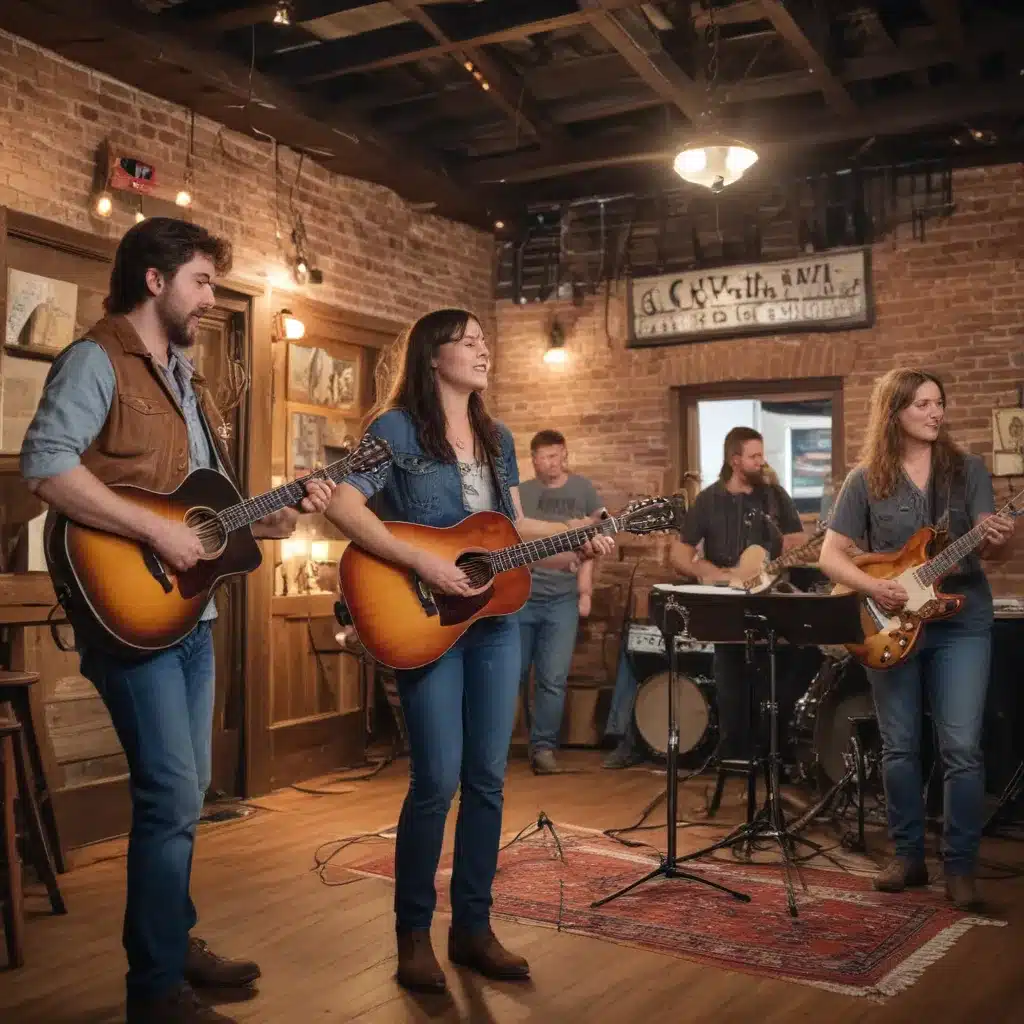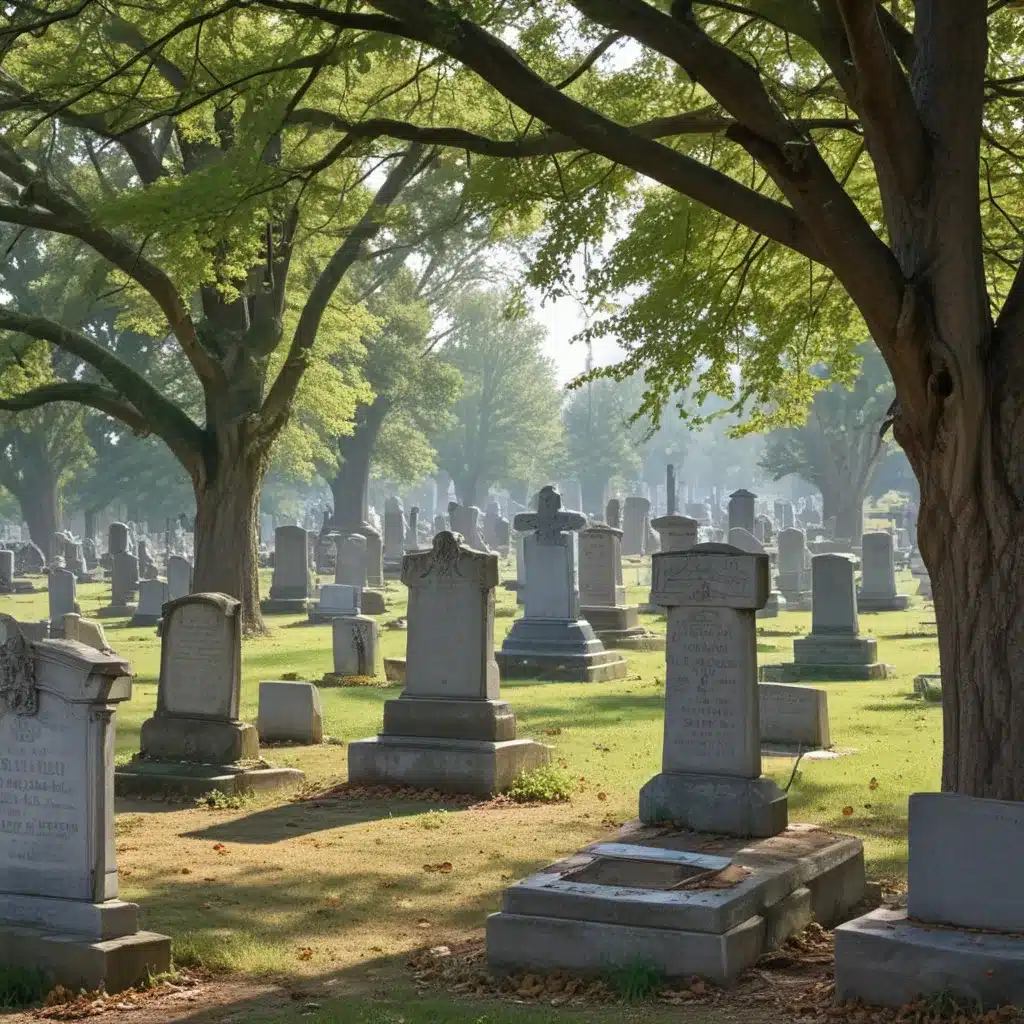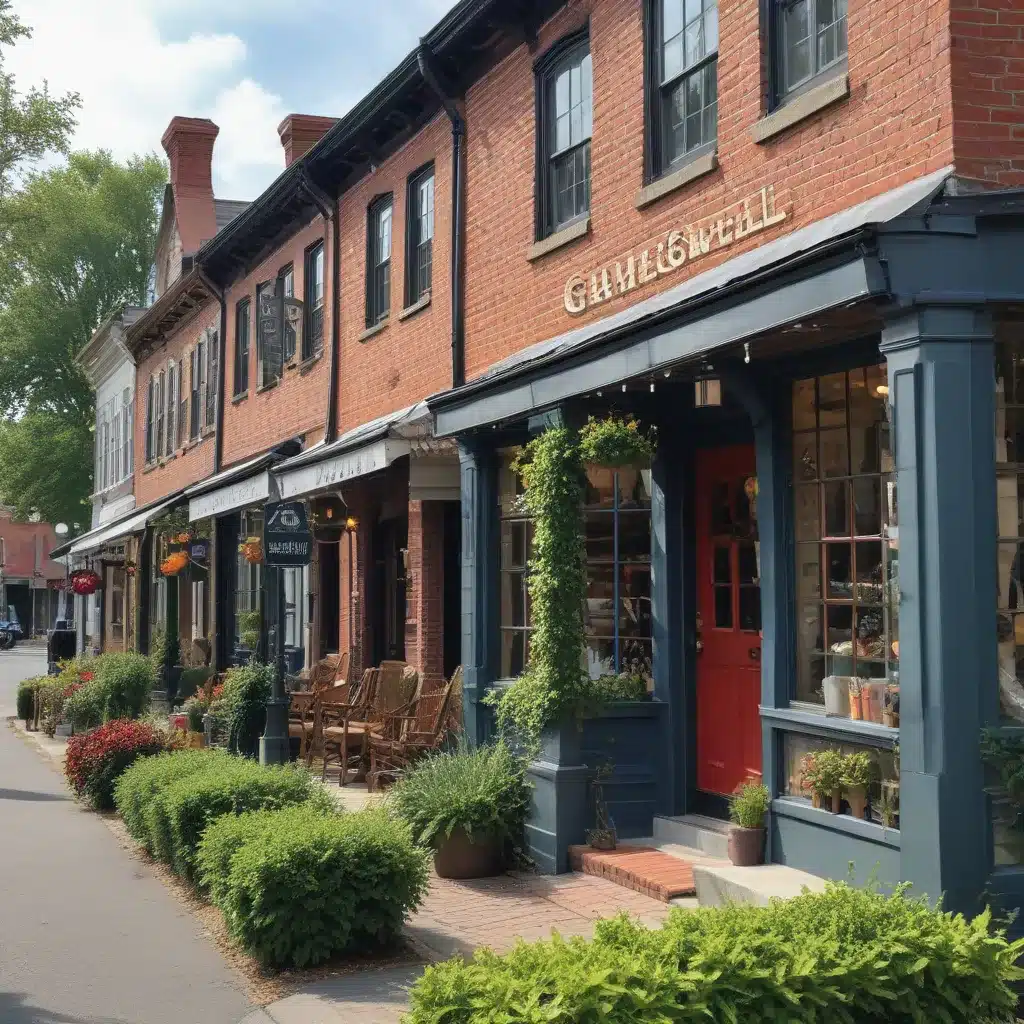
Ah, Caldwell County—where history’s etched not just in stone, but in the hearts of those who wander its storied paths. I’m peeling back layers of time, inviting you on a personal journey through landmarks brimming with tales of trials, triumphs, and the occasional ghost of yesteryear. From the stoic courthouse of Lockhart to the whispering waters of the San Marcos River, let’s unravel the intimate secrets of this land together. Ready to step into the past with me?
Key Takeaways
- Caldwell County Courthouse and Chisholm Trail are significant historical landmarks in Caldwell County, with the courthouse showcasing Second Empire style architecture and the trail symbolizing the American frontier.
- Cattle drive routes and the economic impact of the Chisholm Trail have reshaped the financial landscape of Caldwell County, serving as a hub for cattle trading and boosting trade and heritage tourism.
- Luling’s oil boom in the 1920s brought rapid economic growth, created job opportunities, and led to infrastructure development, but also had environmental consequences.
- The boomtown economic growth in Luling and the historic oil wells serve as reminders of the town’s transformation and prosperity, reflecting the community’s resilience.
Exploring Lockhart’s Courthouse
I’m standing before the Lockhart Courthouse, a stunning example of Second Empire style architecture, which has served as Caldwell County’s center of justice since 1894. The mansard roofs and ornate cresting capture the eye, manifesting the courthouse’s architectural grandeur. Its design is a deliberate statement of formality and stability, pillars of the justice system it houses.
Courthouse architecture, particularly this historic emblem, is a storytelling canvas, where every arched window and column seems to whisper tales from a bygone era. Lockhart Courthouse is no exception. Its presence feels almost sentient, as if the building itself holds memories of every soul that has passed through its stately doors.
As dusk falls, an intimate hush settles over the grounds. The shadows cast by the courthouse seem to play tricks on the mind. Local lore is ripe with ghost stories, suggesting that the spirits of those entwined with the courthouse’s past linger. I sense the weight of history in the air, a palpable reminder that this place is more than stone and mortar.
The courthouse’s legacy, infused with stories of justice and retribution, echoes through the corridors. I’m drawn to the sensation of being a part of something enduring, a legacy held within these walls. The Lockhart Courthouse doesn’t just embody the architectural aesthetics of a bygone era; it acts as a custodian of the community’s heritage.
Each whispered ghost story, true or not, adds a layer of intimacy to the experience here. It’s as if the courthouse, in its silent watch over Caldwell County, beckons us to look deeper and acknowledge the human narratives etched into its very fabric.
The Chisholm Trail Legacy
As I trace the weathered paths that once formed the Chisholm Trail, it’s clear these routes were more than mere passageways; they were the arteries of commerce that fueled Caldwell County’s growth. The economic impact of the trail is still palpable today, resonating through the preserved landmarks and local heritage. It’s not just about honoring history; it’s about understanding the trail’s role in shaping the economic landscape we navigate now.
Cattle Drive Routes
I’ve explored numerous historical sites in Caldwell County, but none capture the spirit of the Old West quite like the remnants of the legendary Chisholm Trail, the cattle drive route that transformed the economy and culture of Texas. Once plagued by cattle rustling, this trail now symbolizes the evolution of the American frontier. The Chisholm Trail, threading through Caldwell County, was a vital artery of commerce, moving vast herds from Texas ranches to Kansas railheads.
Today, modern herding techniques bear little resemblance to the perilous drives of yesteryear. Yet, as I walk these paths, I’m transported back to a time of raw determination and gritty survival. The trail’s legacy endures, a silent testament to the cowboys who once overcame rustlers and the relentless wilderness to shape our nation’s history.
Trail’s Economic Impact
The Chisholm Trail’s influence on Caldwell County’s economy was profound, reshaping its financial landscape as it became a hub for cattle trading. The influx of cowboys and traders meant businesses flourished, from saloons to supply stores.
Let’s break it down with some key figures that illustrate this legacy:
| Aspect | Impact |
|---|---|
| Trail Maintenance | Increased local employment and investments |
| Visitor Demographics | Diverse mix of tourists and history buffs |
| Economic Growth | Boost in trade and ancillary services |
| Cultural Significance | Enhanced local identity and heritage tourism |
Trail maintenance created jobs for the locals, ensuring the path remained navigable and secure. What’s fascinating is the visitor demographics; it’s not just cattle history enthusiasts flocking here. There’s a rich tapestry of tourists drawn to the blend of history and nostalgia that the Chisholm Trail embodies, each leaving their own economic imprint on our county.
Historic Landmark Preservation
Building on the economic momentum of the past, I’m now turning to the critical role of historic landmark preservation in safeguarding the Chisholm Trail’s legacy. It’s a delicate dance between honoring our roots and navigating the relentless push of modernization effects. Every step I take along this storied path is a reminder of the conservation challenges we face. As the world speeds up around us, it’s my mission to ensure the whispers of yesteryear aren’t drowned out by the roar of progress.
I’m drawn to the rustic marks etched in old trail signs, the creak of weathered floorboards in historic structures. These sensory imprints are irreplaceable, and it’s my heartfelt duty to protect them. In preserving these landmarks, I’m not just saving relics, I’m keeping the soul of the Chisholm Trail alive for you, for us, for every generation that follows.
Luling’s Oil Boom History
As I turn my attention to Luling’s dramatic transformation during the oil boom, it’s evident that the discovery of black gold in the 1920s didn’t just change the landscape; it reshaped the town’s destiny. The rapid economic growth that followed is etched into the very fabric of Luling, exemplified by the bustling commerce and historic oil wells that still dot the area. These wells aren’t mere relics; they serve as a testament to the town’s resilient adaptation to a newfound prosperity that continues to influence its identity to this day.
Oil Discovery Impact
I’ll now explore the transformative effect that the discovery of oil in the 1920s had on Luling, turning a quiet agricultural town into a booming economic center. As I delve into this history, it’s critical to understand the depth of change:
- Economic Surge
- Sudden wealth influx
- Job creation explosion
- Local infrastructure development
Advanced geological techniques were pivotal in pinpointing oil reserves, igniting Luling’s prosperity. Yet, alongside wealth, the boom brought environmental consequences that lingered, subtly altering the town’s landscape and community ethos. It’s a poignant reminder of the complex dance between natural resource exploitation and its lasting impact on localities, resonating deeply with those who hold Luling’s heritage close to their hearts.
Boomtown Economic Growth
My tour through Caldwell County’s history wouldn’t be complete without acknowledging the profound economic growth Luling experienced during its oil boom. As I delved into the town’s past, it became clear that Luling’s transformation was marked by a significant shift towards industrial diversification. The once sleepy town burgeoned into a thriving hub, its heartbeat synchronized with the rhythmic pumping of oil derricks. Railroad expansion played a pivotal role, too, acting as the sinews that connected Luling’s newfound wealth to broader markets. This infrastructure not only transported black gold but also ideas and people, knitting the community into the fabric of an evolving nation. Looking back, I see how Luling’s boomtown era sculpted its identity, setting the stage for a resilient local economy.
Historic Luling Wells
Continuing from the economic surge, Luling’s historic oil wells stand as monuments to the era that reshaped the town’s destiny. I can’t help but marvel at how the pumpjack preservation efforts have maintained these relics, allowing us to trace the contours of Luling’s oil boom history with a touch of intimacy.
- Pumpjack Preservation
- Educational Tours: Dive into the mechanics and significance of oil extraction.
- Conservation Efforts: Understand the dedication to maintaining these industrial antiques.
- Community Pride: Feel the local spirit that cherishes this rugged past.
The water tower history, too, whispers tales of progress and ambition. Analyzing these structures, I see more than just steel and bolts—I see the collective memory of a town that struck black gold and never looked back.
Dr. Eugene Clark Library Tour
Often, I find myself captivated by the historical charm of the Dr. Eugene Clark Library, the oldest operating library in Texas. Its library architecture speaks volumes of the past, a timeless whisper of design and purpose fused together. The Romanesque Revival style, with its rounded arches and robust masonry, invites a sense of solidity and tradition. I can’t help but run my fingers along the brickwork, tracing the lines of history etched into every block.
As I step inside, the ambiance shifts from the architectural grandeur to an intimate space where the scent of old books is a comforting embrace. The wooden shelves seem to hold not just books but the stories of generations that have stood exactly where I stand. It’s a place where genealogy resources are abundant, where one can unearth the roots of a family tree or the threads that connect the local community through time.
I often delve into these resources, finding the dedication to preserving family histories both meticulous and moving. The library’s collection is a testament to the stories of those who walked the streets of Caldwell County before us. It’s here that I’ve spent countless hours, lost in the quiet thrill of discovery, piecing together the narratives of ancestors and the fabric of local heritage.
The Dr. Eugene Clark Library is not merely a repository of knowledge but a vessel of collective memory. Each visit enriches my understanding of the place I call home. It’s a remarkable feeling to know that within these walls, one can touch the pulse of the past and see the reflection of countless lives intertwined with our own.
The Confederate Memorial of Luling
As I approach the Confederate Memorial of Luling, I’m struck by the complex layers of history it represents. It’s a physical testament to a divisive past, simultaneously evoking reverence and contention among locals and visitors alike. Analyzing its role as a tourist attraction reveals the broader tension between preserving history and promoting inclusive narratives.
Controversial Historical Significance
I’ve come to realize that every historical marker tells multiple stories, and the Confederate Memorial of Luling is no exception, sparking a considerable debate over its significance. It stands as a symbol with a complex legacy intertwined with:
-
Slavery narratives
-
How the memorial represents a past that glorified a system of human bondage.
-
The need to acknowledge the untold suffering slavery caused, not just memorialize one side of history.
-
Indigenous displacement
-
The monument’s silence on the narratives of local Indigenous communities displaced during the era it commemorates.
-
The importance of recognizing the full spectrum of historical experiences.
This memorial, like many, is a reminder of our duty to grapple with every angle of our shared past, no matter how uncomfortable.
Tourist Attraction Debate
I’m struck by the contentious debate over the Confederate Memorial of Luling as a tourist attraction, given its polarizing historical context. The monument stands as a silent sentinel to a bygone era, yet it’s at the epicenter of a cultural controversy that challenges our understanding of heritage and memory. Each visitor who walks its grounds carries a personal lens through which they interpret this emblem of the past. The visitor experience here isn’t simply a passive stroll through history; it’s an active engagement with the complex narratives that shape our society’s fabric. As I reflect, it becomes evident that the memorial doesn’t just represent a page from history books—it’s a living dialogue, a continuous conversation that invites introspection and demands thoughtful consideration.
Stagecoach Inn Historical Significance
Why should the Stagecoach Inn be considered an indispensable part of Caldwell County’s history? This question lingers in my mind every time I visit the site. It’s not just the age of the inn that fascinates me, nor the quaintness of its architecture. It’s the stories, the very essence of its existence that has witnessed the evolution of Caldwell County from a mere waypoint to a vibrant community.
- Stagecoach Restoration
- Preservation Efforts: The careful restoration of the Stagecoach Inn serves as a physical testament to our dedication to preserving our past.
- Authenticity: Each plank and nail is a narrative in itself, echoing the craftsmanship and toil of bygone eras.
- Educational Value: The inn’s restoration has provided invaluable insights into the construction techniques and materials of the period.
Delving into the Inn lore, I’ve uncovered tales of weary travelers and the hearty meals that revived their spirits. The inn was more than just a stopover; it was a sanctuary, a place where stories were shared, and histories intertwined.
- Inn Lore
- Cultural Intersection: The Stagecoach Inn was a melting pot of cultures, where pioneers, merchants, and Native Americans converged.
- Historic Events: From political rallies to social gatherings, the inn bore witness to events that shaped our county’s destiny.
- Personal Narratives: The personal accounts of those who passed through its doors add a rich layer to our collective memory.
In my analysis, the Stagecoach Inn is not just a building; it’s a chronicle of human endeavor, a mirror reflecting the societal changes over centuries. Its walls are steeped in the legacy of survival, adaptation, and growth, making it an irreplaceable landmark in Caldwell County.
- Social Importance
- Community Identity: The inn contributes to our sense of place and identity, anchoring us to our roots.
- Tourism: It attracts visitors eager to connect with the authenticity of our heritage.
- Collective Memory: The inn is a vessel for the collective memory of our community, preserving the intangible threads of our shared history.
In the intimacy of its rooms, I’ve felt the pulse of ages past and understood why the Stagecoach Inn’s historical significance is as enduring as the land itself.
Prairie Lea’s Founding Stories
As I explore Prairie Lea’s inception, I’m struck by the resilience embedded in the pioneer settlement tales, each narrative steeped in a blend of hardship and hope. The town’s name itself, shrouded in mystery, beckons a closer look to uncover the origins of its unique moniker. This chapter of Caldwell County’s history is a tapestry of ambition and survival, woven by those who dared to shape a community from the Texan wilderness.
Pioneer Settlement Tales
In exploring Caldwell County’s rich history, I’ve uncovered captivating tales of Prairie Lea, a settlement woven with the tenacity and spirit of early pioneers.
- Pioneer Artifacts
- Hand-forged Tools: Every rusted metal piece speaks of survival and ingenuity.
- Tattered Diaries: Intimate whispers of hardship and hope found within worn pages.
- Homestead Keepsakes: Objects cherished by families, tokens of their perseverance.
These fragments of the past are not just relics; they’re the tangible links to our forebears’ resolve. Through settlement reenactments, their struggles and triumphs are vividly brought to life, moving beyond the static confines of history into a visceral experience. It’s in these moments, amidst the echoes of their determination, that I truly connect with the essence of Prairie Lea.
Original Name Origins
Delving into the origins of Prairie Lea, I’ve discovered that its name harks back to the county’s lush grasslands and a founder’s cherished memory of a loved one. The settlers’ names were often etched into the very fabric of the geography, imparting a sense of personal legacy and ownership. With Prairie Lea, the geographic etymology speaks to a poignant narrative—a narrative of both the natural beauty of the Texan prairie and the tender recollection of a past affection. The name itself is a tribute, a whisper of love and longing wrapped in the cloak of Caldwell County’s verdant landscape. Unearthing this tale, I’m struck by the intimate connection between the land and its people—a timeless bond captured in the simplicity of a name.
Caldwell County Jail Museum
Exploring the Caldwell County Jail Museum, I’m struck by its intricate preservation of law enforcement history dating back to the early 1900s. Each room is a capsule of the past, where the walls whisper tales of justice and the echoes of the incarcerated seem almost palpable. I can’t help but feel an intimate connection with the storied past as I move through the space.
The museum is home to an impressive array of jailhouse artifacts that offer a tangible link to bygone days. The heavy iron keys and worn cell bars stand as silent witnesses to the countless stories that unfolded within these walls. Among the displays, the escape stories are particularly gripping, revealing the desperate ingenuity of inmates who sought their freedom against all odds.
To captivate your attention, here’s what you’ll uncover within these storied walls:
-
Exhibits That Tell a Tale
-
Jailhouse artifacts that range from original inmate-made weapons to timeworn uniforms.
-
Poignant personal items left behind, each carrying its own secret history.
-
Detailed records and photographs that chronicle the evolution of criminal justice in Caldwell County.
-
Immersive Experiences
-
Step inside a real cell and feel the weight of history closing in.
-
Listen to audio recordings of escape stories, narrated in the hushed tones of intrigue.
-
Insightful Perspectives
-
Analyze the social and legal changes reflected in the penal system over the years.
-
Contemplate the human stories behind the cold metal and stone.
Each element of the museum is carefully curated, offering a deeply analytical and descriptive journey through time. It’s not just a walk through history; it’s an intimate dance with the past, where every artifact has a story itching to be told.
Martindale’s Historic District
I’ve discovered that Martindale’s Historic District is home to numerous well-preserved buildings, each echoing the small town’s rich heritage and charm. As I stroll through the quiet streets, it’s as if each structure whispers tales of yesteryears, inviting me to pause and reflect on the lives once interwoven with these walls. The worn brick and peeling paint aren’t signs of neglect, but rather badges of honor, showcasing resilience and the endurance of community.
The district is not merely a static relic; it’s a living, breathing testament to Martindale’s textile heritage. The old mills, which once thrummed with the heartbeat of looms and spinning jennies, stand dignified, repurposed into spaces that honor their industrial past while fostering present-day creativity and commerce.
As I explore, the palpable pride of Martindale’s residents is evident. They’ve meticulously maintained their architectural treasures, understanding that these monuments are the threads connecting them to their collective past. It’s this reverence for history that sets the stage for Martindale festivals, where tradition is celebrated with a vibrancy that belies the tranquility of the everyday. These gatherings aren’t just events; they’re the rekindling of community spirit, a blend of music, laughter, and the sharing of stories that bind the townsfolk together.
The historic district serves as a backdrop for these festivities, with each celebration breathing new life into the old, ensuring that while the town honors its past, it doesn’t remain shackled by it. In Martindale, history isn’t just remembered; it’s lived, danced to, and woven into the fabric of now. And I, like many before me, am captivated by its enduring allure.
The Battle of Plum Creek
Often, I reflect on the significance of The Battle of Plum Creek, a pivotal skirmish in Caldwell County’s history that unfolded near present-day Lockhart. It’s a tale of resilience and strategy, marked by the clever Plum Creek tactics that played a decisive role in the conflict.
- Analyzing the Engagement:
- The Terrain’s Role:
- The rolling landscape acted as a natural fortress, giving settlers a tactical edge.
- Savvy positioning allowed for a surprise attack on the Comanche war party.
- The Comanche Encounters:
- A series of aggressive raids prompted a desperate need for defense.
- The battle became a turning point in the settlers’ struggle against the Comanche.
- The Aftermath:
- The settlers’ unexpected victory reshaped the power dynamics in the region.
- It marked a decline in Comanche raiding parties and a moment of reprieve.
As I delve into the details, I can’t help but admire the cunning displayed by those early settlers. They knew they couldn’t match the Comanche’s prowess in open combat, so they adapted. Their intimate knowledge of the land around Plum Creek allowed them to stage an ambush that would become a defining moment in the region’s history.
The encounter was more than a mere clash of arms; it was a clash of cultures and survival instincts. The settlers, many of whom were new to the harsh Texas frontier, were fighting not just for their lives but for a foothold in an unforgiving land. The Comanche, on the other hand, were battling to retain their way of life against an ever-encroaching wave of new settlers.
This skirmish may be a footnote in the broader tapestry of American history, yet it holds a deeply intimate place in the hearts of those who cherish Caldwell County’s rich past. The echoes of that battle resonate through the land, a testament to the indomitable human spirit that shapes our heritage.
Kreuz Market Culinary Traditions
As we transition from tales of conflict to cultural expressions, one can’t overlook the savory legacy of Kreuz Market in Caldwell County’s culinary scene. This isn’t just a place where meat is cooked; it’s a temple where smoking techniques are elevated to an art form, and the pitmasters are the artists.
The market’s traditions are steeped in a history that’s as rich as the flavors wafting through its smoke-stained walls. The methods used here are time-honored, passed down through generations. They don’t just cook meat; they coax out its deepest essence using oak wood smoke as their primary palette.
I’ve come to understand that each cut of brisket, each link of sausage, tells the story of Kreuz Market’s commitment to their craft. There’s a meticulousness in the slow and low approach, a patience that’s become rare in our fast-paced world. It’s in the way the pitmasters tend to their fires, the precise control of temperature and smoke that creates a symphony of taste.
The pitmaster profiles here are as varied as the meats they smoke. Some are guardians of the old ways, while others infuse modern twists into their recipes. But all share a reverence for the process, a dedication to preserving the integrity of their work. It’s a dance of fire, meat, and time that ends in a culinary crescendo, each bite a testament to their skill.
To truly grasp the cultural fabric woven into Kreuz Market’s fare is to understand that it’s more than food; it’s a living history lesson served on a butcher paper plate, a connection to a past that’s still very much alive in every smoky morsel.
Palmetto State Park Origins
Nestled among the verdant swamplands of Caldwell County, I’m discovering that Palmetto State Park has a history as lush and intriguing as its landscape. The park’s origins are as fascinating as the park flora that now thrives here, each species telling a story of natural adaptation and beauty. The dwarf palmettos that give the park its name, for instance, create an almost otherworldly ambiance that enchants every visitor.
- Historical Insight:
- The park was developed during the 1930s.
- It was part of the New Deal, a series of programs aimed at providing employment during the Great Depression.
- The Civilian Conservation Corps (CCC) played a pivotal role in shaping the park’s early infrastructure.
The park’s conception was not just an environmental endeavor but a social one too. As I wander through the trails, I can’t help but feel a sense of gratitude towards the efforts of the CCC workers who crafted this sanctuary. Their legacy is woven into the fabric of the park, from the historic refectory to the stone bridges and dams.
- Park Flora and Fauna:
- Home to a rich biodiversity, including the iconic palmetto after which it’s named.
- The park serves as a haven for birdwatchers and nature enthusiasts alike.
- The interconnected ecosystems foster a unique environment where both aquatic and terrestrial species thrive.
Engaging in the recreational activities the park offers, I find myself kayaking on the serene waters, feeling an intimate connection with the surroundings. There’s a harmony here, a dance between human enjoyment and natural preservation.
- Recreational Activities:
- Offers a variety of experiences from hiking, fishing, to swimming.
- Picnicking spots scattered throughout, perfect for family outings.
- Educational programs that deepen the appreciation of the park’s history and natural features.
In every corner, Palmetto State Park reveals layers of its origins, inviting visitors like me to not just observe, but to participate in its ongoing story.
Byler Point Bridge Architecture
I’m immediately struck by the singular elegance of the Byler Point Bridge, a stunning example of early 20th-century architecture that has withstood the test of time in Caldwell County. Its arches, reminiscent of an era when craftsmanship was paramount, speak to a period of rich historical significance. The bridge restoration, completed with careful attention to preserving its original character, allows me to trace the lines of history with my fingertips.
As I walk across, I’m enveloped by the intimate connection between the bridge and the surrounding landscape. The stonework, weathered by time, seems to whisper stories of the past. Each stone is a testament to the bridge’s resilience, each arch a frame for the scenic viewpoints it generously offers.
Here’s a table that breaks down the elements of the bridge’s design that I find most compelling:
| Feature | Description |
|---|---|
| Arch Design | Graceful curves that echo the flow of the river below |
| Stonework | Intricate patterns showcasing a mastery of masonry |
| Railings | Wrought iron with ornate details, evocative of the period |
| Viewpoints | Strategically placed for moments of quiet reflection |
Analyzing the bridge’s architecture, I can’t help but admire the ingenuity of its design. It’s clear that the creators intended not just to build a structure, but to craft a work of art that would stand the test of time. And it has, becoming a cherished landmark for both locals and visitors seeking a quiet moment to gaze at the horizon.
In the end, the Byler Point Bridge isn’t just a crossing; it’s a journey through history. With each step, I’m connected to the countless souls who’ve traversed this path, all sharing in the silent beauty of Caldwell County’s treasured past.
The Blackwell House Visit
Continuing my journey through Caldwell County’s historic treasures, I’ve now reached the Blackwell House, one of the oldest residences still standing in the area. Its house architecture whispers tales of bygone eras, and I can’t help but feel intimately connected to the past as I step onto the property.
- Blackwell House Highlights
- Architectural Grandeur
- Symmetrical facade with a central doorway
- Original hardwood floors that echo history with every step
- Ornate molding that frames each room’s unique character
- Historical Significance
- A testament to early American resilience and craftsmanship
- Insight into the lifestyle of Caldwell County’s forebearers
- A chronicle of architectural evolution over centuries
- Guided Tours
- Engaging narratives that bring the house’s history to life
- Exclusive access to rooms not typically open to the public
- Personalized attention to answer all your historical curiosities
As I move through the house, the guided tours offer an analytical exploration of each corner. The docents are insightful, piecing together stories that illuminate the house’s former inhabitants and their daily lives. The descriptive details of the hand-carved banister and the intricate fireplace mantels reveal the artistry and care embedded in the home’s construction.
I’m encouraged to imagine the clinking of china and the rustle of petticoats in the dining room, to envisage the hushed conversations that once filled the parlor. These intimate snapshots, provided by our guide, make the past feel palpable.
As my visit concludes, I’m left with a profound appreciation for the Blackwell House. It’s a tangible connection to Caldwell County’s heritage, a place where architecture and storytelling intertwine to create an intimate, unforgettable experience.
San Marcos River Crossings
Moving on from the historical elegance of the Blackwell House, I turned my attention to the San Marcos River Crossings, a pivotal series of fords and bridges woven into the county’s development. Reflecting on the crossings, I realized they’re not just structures spanning water; they’re stitches in the fabric of Caldwell County, connecting communities and threading stories of human endeavor.
The river crossings whisper tales of early settlers, their hopes fixed on reaching fertile lands. But these crossings also speak of nature’s untamed spirit. The San Marcos River, with its abundant river wildlife, has been a nurturing mother to countless species. I’ve watched turtles bask on logs and herons stalk along the banks, a reminder of the delicate balance between human progress and natural preservation.
I’ve come to appreciate the flood history that has shaped these crossings. Bridges that now stand resolute were once vulnerable, succumbing to the river’s might during torrential downpours. Yet, each reconstruction is a testament to resilience, an embodiment of the community’s determination to rebuild stronger.
The crossings are more than mere points on a map; they are the pulse points of the river. As I linger by the water’s edge, I sense the ebb and flow of history. The gentle ripples carry echoes of laughter from children who once skipped stones, while the sturdy bridge beams overhead bear the weight of countless footsteps, each one a story.
In these crossings, I find a narrative thread that binds the past to the present, inviting reflection. They stand as sentinels to the passage of time, a constant in the ever-shifting currents of life in Caldwell County.










